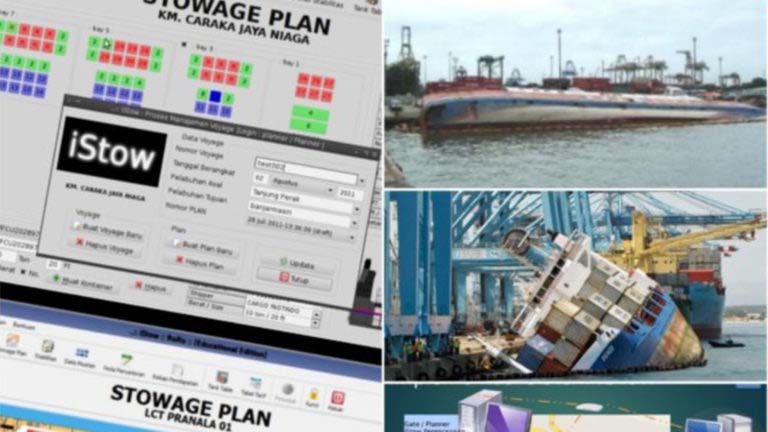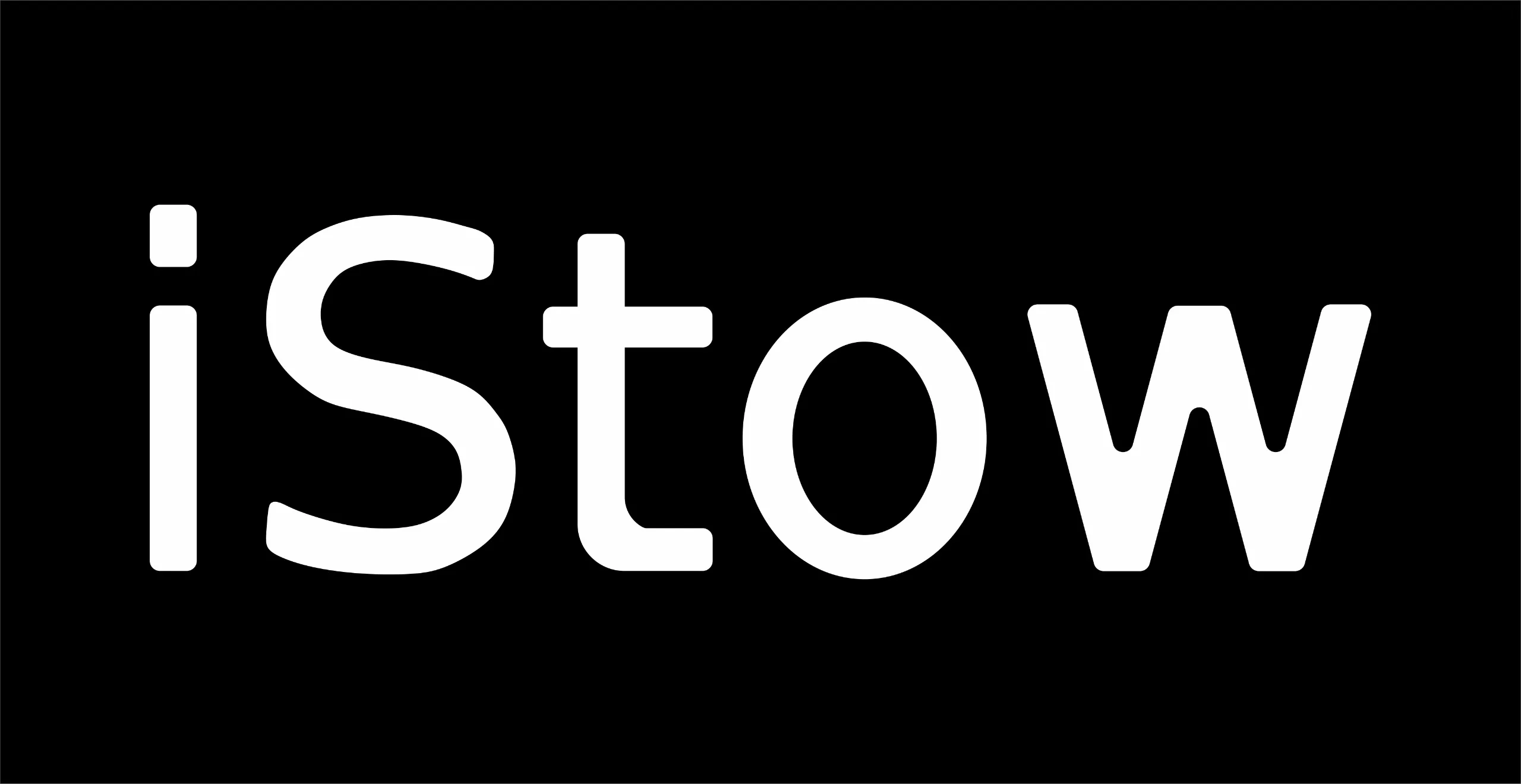iStow: A Stowage Plan Application Developed by ITS
Stowage plan software developed by the Telematics Laboratory of the Department of Marine Transportation, FTK-ITS. This locally made application is called iStow.
By Jurnal Maritim
28 January 2015
Indonesia is an archipelagic country where the sea serves as a connector between islands. Sea transportation plays a vital role in various activities, especially in the economy. Ships are the most reliable means of bridging the vast number of islands in Indonesia. They are used to transport various types of cargo, including containers, vehicles, and passengers.
Currently, more than 700 million tons of cargo are loaded and unloaded annually at major ports in Indonesia, and this figure is expected to reach 1 billion tons per year for all ports nationwide. This makes Indonesia one of the countries with the busiest shipping and port activities in the world. However, this large volume of transport is not yet balanced with the availability and capacity of ports.
When port capacity cannot be increased, the only available option is to improve performance. The most visible indicator is loading and unloading performance. Cargo handling is one of the processes in the logistics chain involving the port (terminal) and the ship.
One of the strategies to improve loading and unloading performance is to optimize accurate loading planning. An accurate stowage plan not only ensures ship stability but also speeds up the cargo-handling process and increases the amount of cargo loaded onto the ship. Moreover, by leveraging advances in network technology, loading and unloading processes can now be integrated with other logistics management functions, from marketing, planning, to operations.

iStow: A Stowage Plan Application Developed by ITS (2015). Foto: Pranala Digital Transmaritim
Until recently, stowage planning—the term used in shipping for cargo planning—was done manually. The result is a stowage plan, a cargo arrangement plan that serves as a guide for operators during loading and unloading.
Manually created stowage plans are prone to human errors, which can be caused by fatigue, lack of concentration, stress from high work rhythms, reluctance to update cargo data, misreading tables, and unweighed cargo.
These errors can have a chain effect, starting from incorrect stability calculations, suboptimal loading that results in less cargo being transported compared to available capacity, and at worst, risks to navigational safety.
There have been many ship accidents caused by inaccurate stowage plans due to manual processes. For instance, the MV Cumbrian Express capsized at the Port of Rayong, Thailand, in the early 2000s. The accident was due to errors in stability calculations during loading. An investigation revealed that the container weight data used in the calculation differed from the actual container weights.
A Ready-to-Use Application
The shipping activities described above became the foundation for the development of a stowage planning software created by the Telematics Laboratory at the Department of Marine Transportation, FTK-ITS. This locally made application is called iStow.
Since its development in 2007, iStow has been planned as a concrete contribution of academic research to the national and ASEAN maritime industry. By using advanced methodologies, continuous improvements, and benchmarking against similar products, iStow is ready to compete with imported applications.
The first version of iStow, designed for container ships, has already been successfully implemented on container vessels belonging to a leading national shipping company.
Different variants of iStow have also been developed for various types of cargo, including vehicles and oversized cargo:
-iStow-RoRo, implemented on LCT Ketapang–Gilimanuk.
-iStow-LPH (iStow for Large and Heavy Objects), designed for loading extra-large and heavy cargo, such as factories or offshore construction structures.
In line with the development of international regulations such as the Manila Amendments to the STCW Convention and Code 2010, maritime education must ensure the quality of its training through the adoption of computer-based training. iStow-CHS (Cargo Handling Simulator) has contributed in this area and has been installed and used at Politeknik Maritim Negeri Indonesia di Semarang.
iStow is a ready-to-use application because it is designed according to the business processes used in daily port operations, especially in loading and unloading activities. It is built on a client-server architecture, allowing simultaneous multi-user access.
Why? Because every ship is unique, meaning each vessel has specific characteristics that differ from others. Data such as hull geometry, tank volume, and the weight centers of major ship components are the main input variables for iStow.
The same goes for cargo, especially containers. Although they have the same volume, the weight of each container can vary significantly. In short, the input data required for ship stability calculations and cargo arrangement on board can come from many departments or processes.
Therefore, from the beginning, iStow has been designed to accommodate collaborative and integrated activities between departments in the company, such as Container Yard Planning, Cargo Booking Systems, Sales/Depot Systems, Scheduling, Voyage Estimation, and Mobile Computing.
iStow can also operate on all platforms or operating systems (multi-platform), including MS Windows, Linux, and Macintosh. In the future, ITS plans to develop iStow for mobile devices such as tablets and smartphones.
iStow Features
-Automatic calculations: stability, draft, trim, and load
-Compliance checks with IMO regulations
-Flexible data input
-Ready-to-print documents: bay plan, stability reports, manifests, and other documents required for SPB issuance
-Integrated
-Collaborative
-Multi-platform
iStow uses open-source technology, from database servers to programming languages. Likewise, its reports use open document formats as the primary option, in addition to final outputs in PDF format. This technology choice frees users from the burden of high system requirements and expensive proprietary licenses that can cost millions of rupiah.
All the above does not reduce iStow’s quality, whether in terms of ship engineering and marine transportation, accurate stability calculations, or ready-to-use documents aligned with transportation activities in Indonesia.
